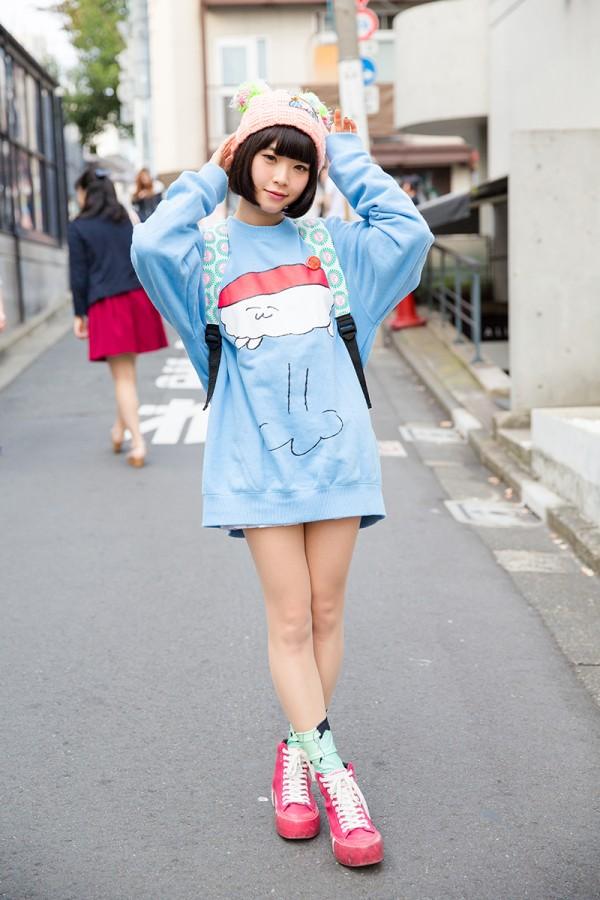Harajuku’s Most Influential Fashion
April 13, 2016
Harajuku is Japan’s most famous area for street fashion; the fashion is a mix of Western and Japanese culture. With the help of youth culture, Harajuku became popular in 1964 when the Olympic Games came to Tokyo; the fashion district has flourished ever since.
Harajuku is home to multitudes of boutiques and vendors and attracts people from all over the world with its eccentric and bright fashion. Some of its most popular brands include Bubbles Harajuku, specializing in lolita fashion, Comme Des Garcons, and BAPE.
Fashion in the Harajuku district is ever changing; trends go in from day in and day out. This district allows youths to express their style in a unique way, showcasing their personality. Fashion in this district is influenced by its environment.
Over the course of changing trends and styles, these are the ones that gained the most popularity in the Harajuku district.
- Lolita
Starting in the 1980s, this style simulates Victorian era fashion, down to the corsets and bustle-like skirts. The fashion can range from pastel colors to a gothic essence. The focus for this fashion is to focus on the “cuteness” of the outfit. The outfits are paired with an array of accessories such as chokers, knee high socks, ruffled-items, and platform shoes.

- Visual Kei
Visual Kei (Kei meaning style) began in the 1980s with the emergence of Japanese rock, similar to the Glam Rock in the United States. The style incorporates feminine aspect into the fashion, such as elaborate makeup, larger than life hair, and eccentric stage costumes.
J-rock groups today still base their concept on Visual Kei fashion.

- Gyaru
Gyaru (meaning girl) style began in the 1970Ss and progressed until the mid 2000s; it is now, however, slowly dying down from popularity. The name originated from a pair of jeans of the same name, that were made in the 1970s. The style allows women to express their youth, for the style focusing on brights colors, big hair, and elaborate makeup. Eye makeup for Gyaru fashion is key.
Many people will often tan their skin and dye their hair blonde for this fashion as well.
 Harajuku fashion to this day is still evolving and gaining inspiration from its predecessor. Traffic for the Harajuku district increases daily at a tremendous rate, allowing the fashion industry to flourish. It is a place of uniqueness and for those willing to explore the crevices of fashion.
Harajuku fashion to this day is still evolving and gaining inspiration from its predecessor. Traffic for the Harajuku district increases daily at a tremendous rate, allowing the fashion industry to flourish. It is a place of uniqueness and for those willing to explore the crevices of fashion.
